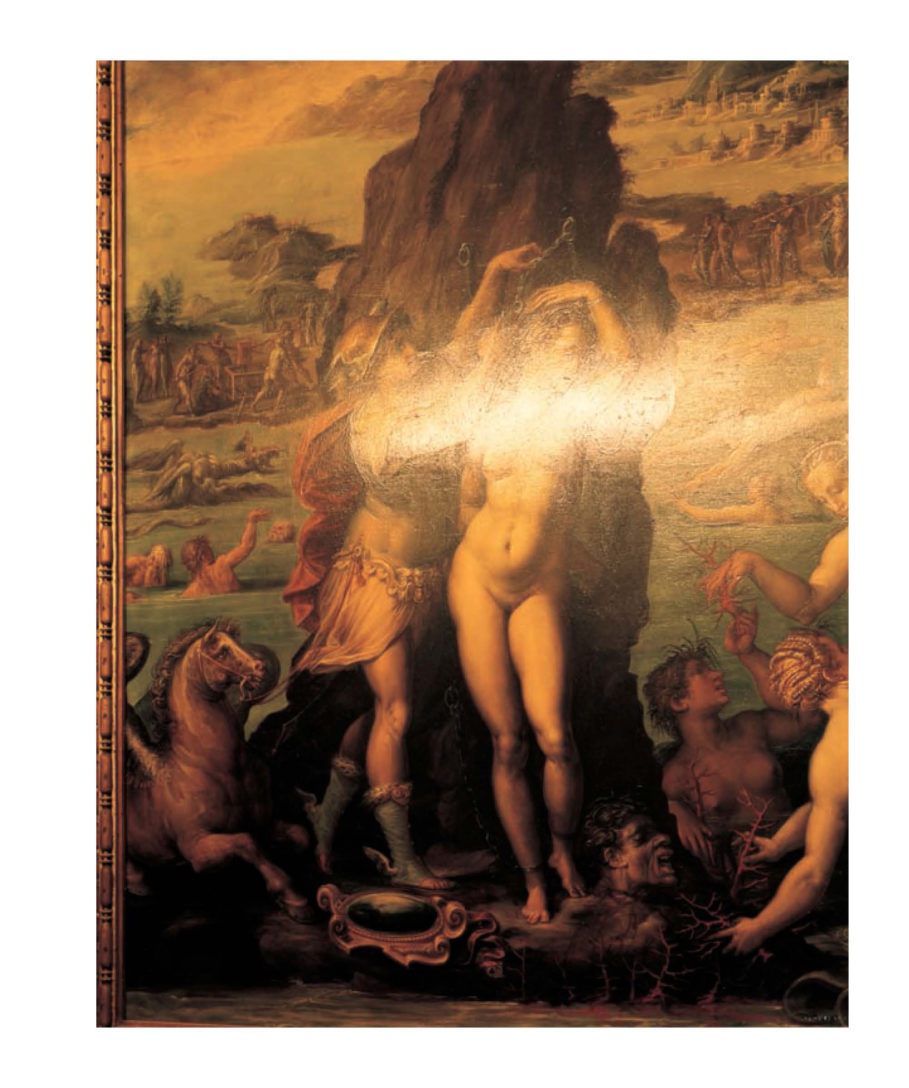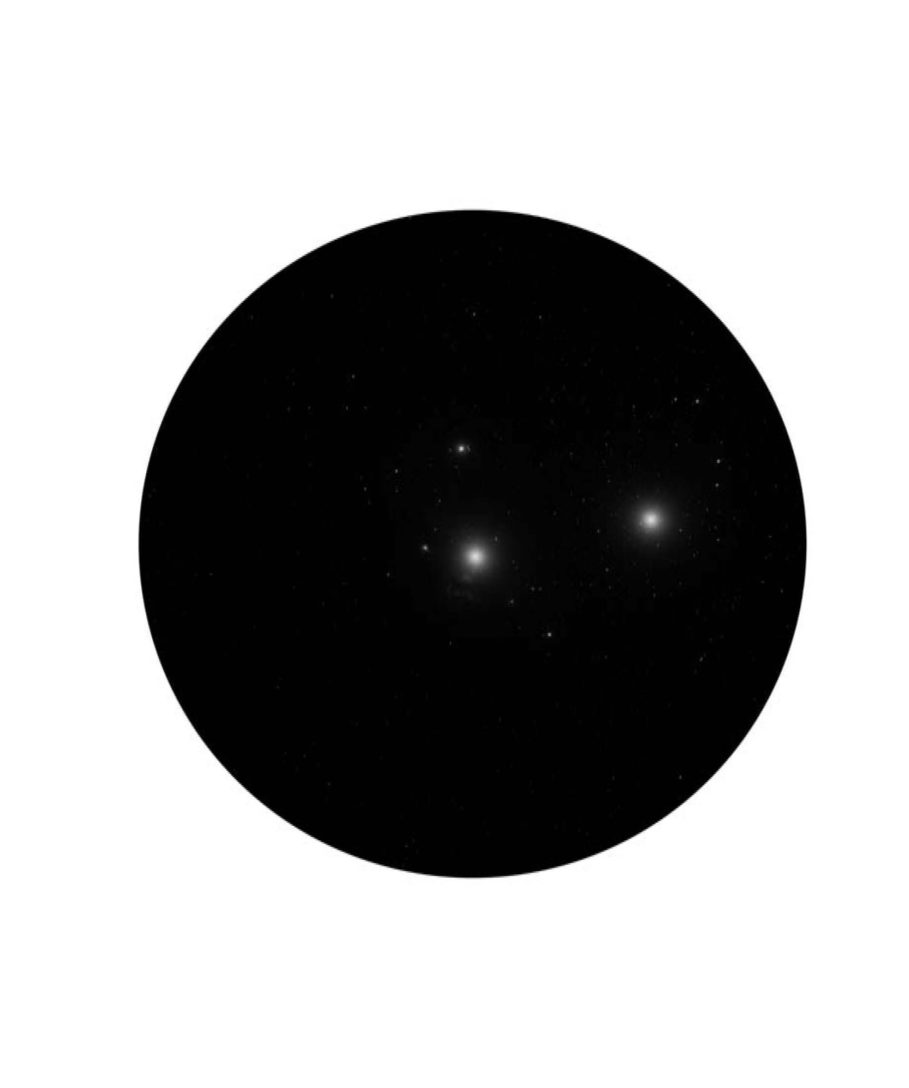Stefano Graziani, photographer
Under the Volcano and other Stories, published by Mazzoli, Modena 2009;
It Seemed as though the Mist itself had Screamed, published by Mazzoli, Modena 2013.
On which fields of knowledge are you focused?
Photography.
What is the object of your research?
It is knowledge itself, the ambitious idea to see the mechanism organizing our world and to consider photography as a process and a contemporary manifestation of how to stay in our world.
Could you identify some constants in your work?
The possibility of the appearance of the illogic within a sequence of images. In the best scenario the passion for the unexpected.
How did you find out about Aby Warburg’s work?
I find out about him through books.
The most intriguing aspects I’ ve been soon attracted by:
1 The possibility to include the subconscious (which is also intimacy).
2 Later, the way how to display Mnemosyne (the black background).
How would you define an Atlas?
An ambitious and organized collection. An Atlas is a project.
Atlas as a conceptual, formal and mnemonic device; do you use it in your work?
I still want to avoid Atlas as a device.
After your note, and thinking a bit more I can say I could find in some projects the Atlas as a model. Not as a way to begin a project, but as a result; I would add the result is the profanation of the model itself.
Do you know about the existence of Mnemotechnics?
Not precisely.
Which mnemonic system guides the organization of your material?
Form and content, but I’m not sure they are a mnemonic system. I don’t know.
Are there visual and emotional formulas (pathosformeln) in your project?
Yes, but less intentionally as it could be thought, it is more about a process of thoughts and encounters. It all is about imagining how fast we can be witnesses of our own thoughts.
In your work, do you identify formal or conceptual recurrences such as repetitions and disruption, distance and proximity, identity and migration, conflict and colonization?
I’m interested in the aspect of deinstitutionalization, in the openness. The possibility we have of consider concepts (or images) out of their given or organized context.
In your work, what is the balance between image and text?
Images are autonomous from texts and texts from images. They can have a common space and give the reader, the spectator the possibility to understand or to imagine new questions. But for a long time I avoided a literal description of an image through text. Text and images in books coexist and they are independent.
Thinking about Warburg’s ‘good neighborhood rule’, what are the books that underpin your project?
Moby Dick (Melville), Der Spaziergang (Walser), The Crystal World (Ballard), Scritti (Bazlen), Luftkrieg und Literatur (Sebald).
Active at the crossroad between photography, art and architecture, Stefano Graziani contributes with an unconventional voice to the contemporary artistic discourse. His photos have been exhibited internationally by institutions such as Fondazione Prada in Milan, the Venice Architecture Biennial or the European Art Biennial Manifesta. His work was extensively published in monographic and collective publications, he has also personally authored and edited several book projects. Public and private collections such as CCA Montreal, Fondazione Prada in Milan, Maxxi in Rome, Fondazione Fotografia in Modena have acquired his work. Stefano currently teaches photography at IUAV University in Venice as well as at the ISIA in Urbino. He is presently working on the project Documents on Raphael with the support of the Italian Council (VII edition).

















